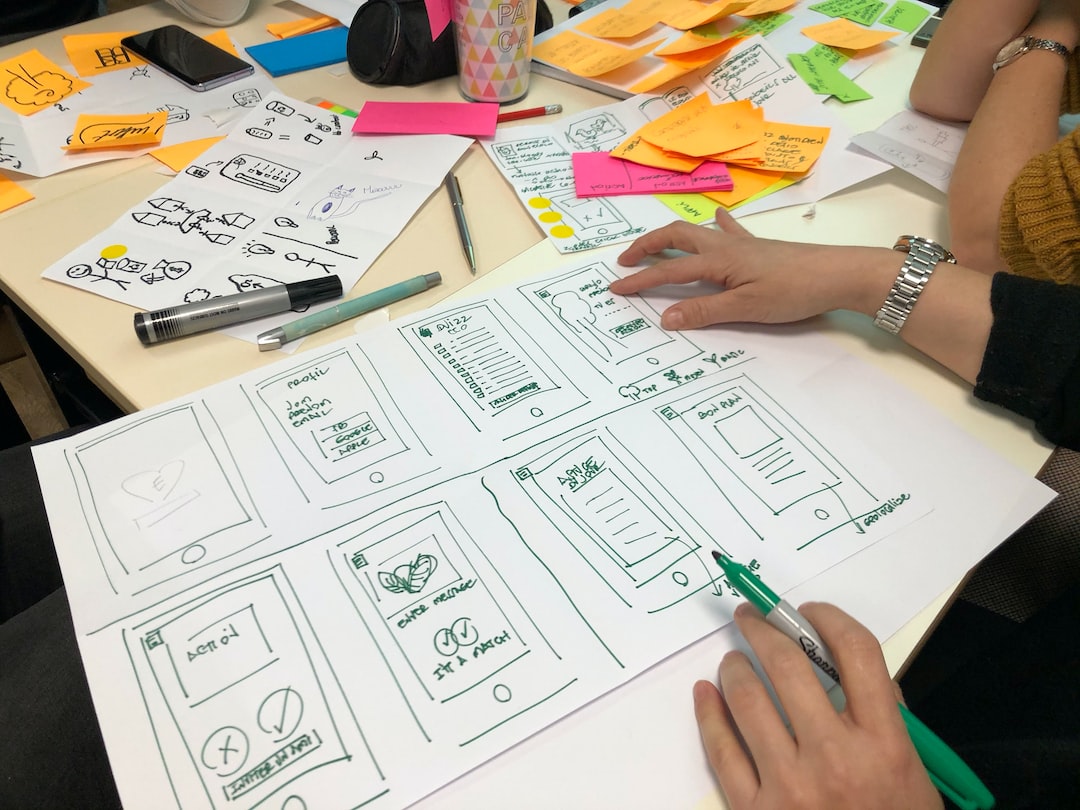The Rise of Flat Design in UI/UX
In recent years, there has been a significant shift in the way user interfaces (UI) and user experiences (UX) are designed. The rise of flat design has completely transformed the digital landscape, making its mark in everything from websites and mobile apps to software interfaces and even logos. This minimalist design approach has become increasingly popular among designers and developers, and it shows no signs of slowing down. In this article, we will explore the rise of flat design in UI/UX and why it has become a dominant trend.
Flat design, as the name suggests, is a design approach that strips away all unnecessary textures, gradients, shadows, and other visual embellishments to achieve a clean and minimalist aesthetic. Instead of imitating real-world objects, flat design relies on simple shapes, bold colors, and crisp typography. This design philosophy was first popularized by Microsoft with their “Metro” design language back in 2010 and was later adopted by Apple with their iOS 7 update in 2013.
One of the key reasons for the rise of flat design is its ability to improve usability and user experience. By removing unnecessary visual cues and distractions, flat design allows users to focus on the content and core functionality of the interface. This results in a more intuitive and efficient user experience, as users can easily navigate through the interface without getting overwhelmed by unnecessary design elements.
Another reason for the popularity of flat design is its scalability. Flat design is inherently simple and relies on basic shapes and colors, making it easier to adapt to different screen sizes and resolutions. Whether it’s a website viewed on a desktop monitor or a mobile app on a smartphone, flat design can accommodate various devices and ensure consistent user experiences across platforms. Additionally, its simplicity also makes flat design more accessible to users with disabilities, as it reduces the cognitive load and makes the interface easier to understand and navigate.
Flat design’s minimalist aesthetic also aligns with the current design trends and preferences. In an era of information overload and visual clutter, users are increasingly drawn towards simplicity and clarity. Flat design provides a visually pleasing and modern look that resonates with users and can help differentiate brands in a crowded digital landscape. Furthermore, its clean and minimal style is also more future-proof compared to other design trends, as it can adapt to evolving design styles without looking outdated.
Despite its many benefits, flat design does come with its own set of challenges. One of the main criticisms of flat design is its lack of visual hierarchy and affordance. Without the use of shadows, gradients, and other visual cues, it can be harder for users to distinguish between interactive and non-interactive elements. This can lead to usability issues and a steep learning curve for new users. However, experienced designers have learned to overcome this challenge by using subtle animations, micro-interactions, and other techniques to provide feedback and make the interface more intuitive.
In conclusion, the rise of flat design in UI/UX has been a game-changer in the digital design industry. Its simplicity, scalability, and minimalist aesthetic have made it a popular choice among designers and developers worldwide. The rise of mobile devices and responsive design has further fueled the adoption of flat design, as it provides a consistent and intuitive user experience across different devices. However, it’s important to strike a balance between flat design’s minimalism and the need for visual cues to ensure usability and accessibility. As design trends continue to evolve, flat design’s influence is likely to continue shaping the digital landscape for years to come.

